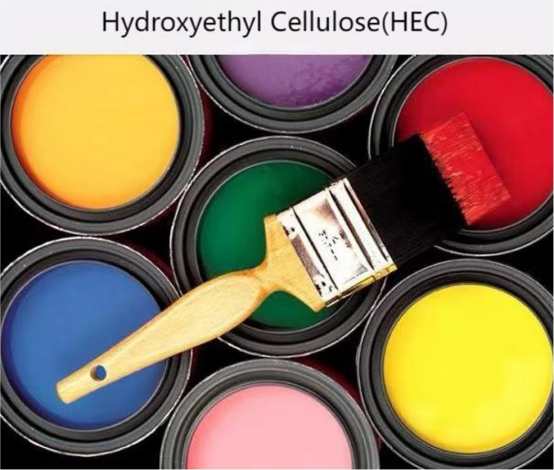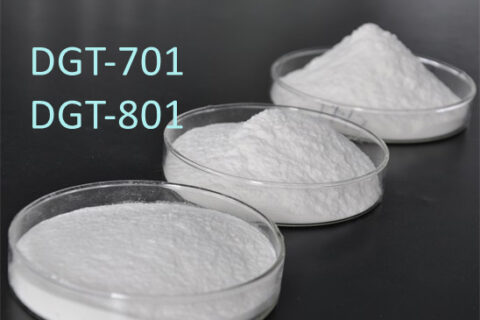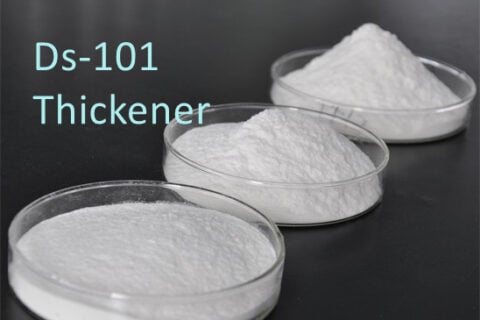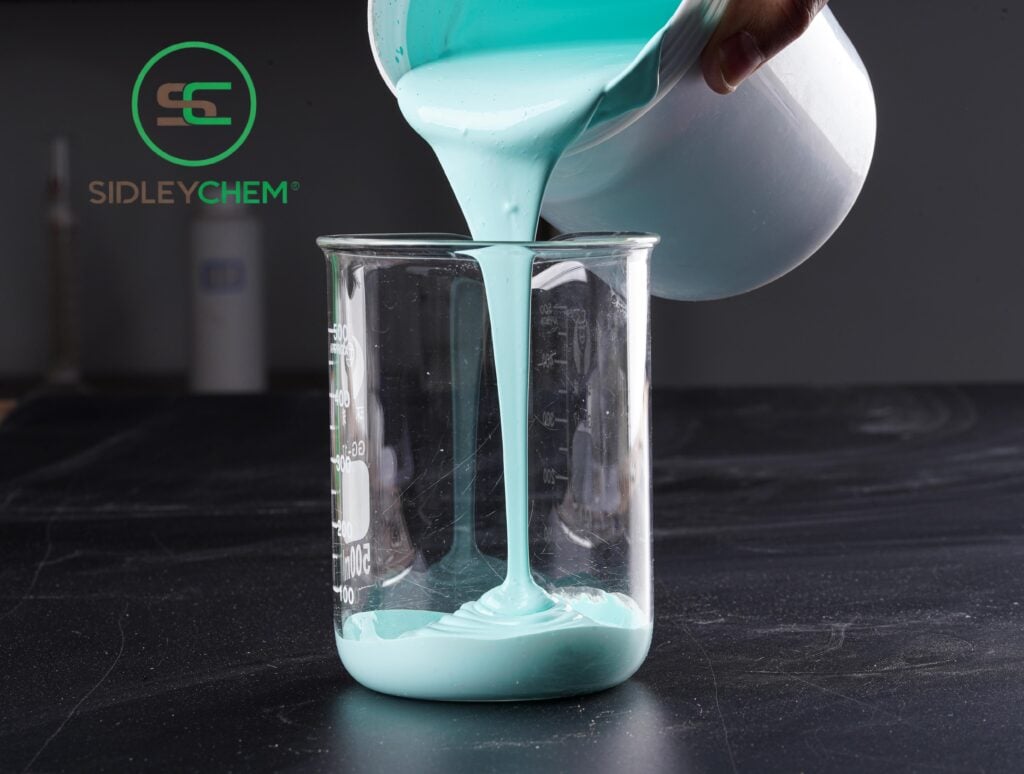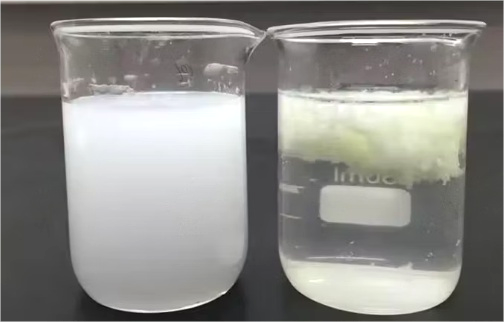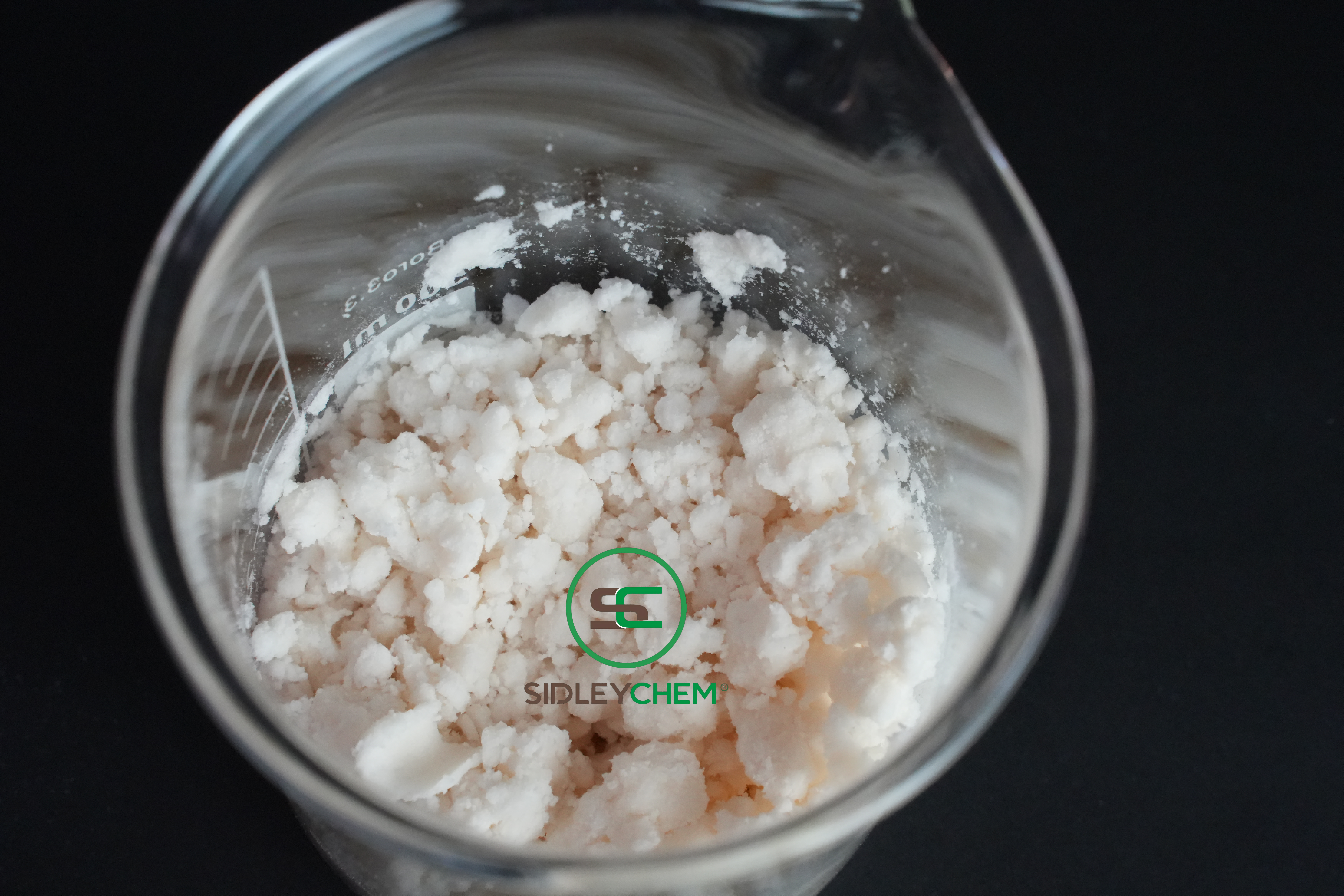Coatings Thickener Usage Guide
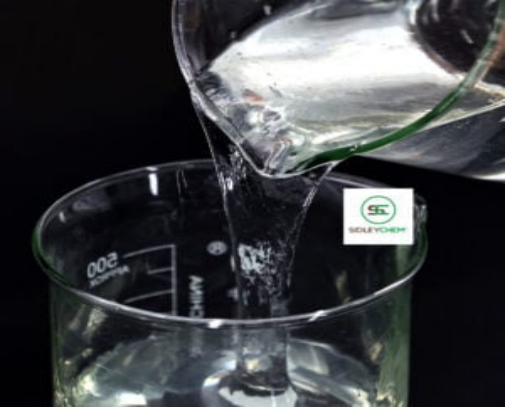
Coatings thickeners are essential coating additives primarily used to regulate the rheological properties of coatings and improve application performance. Below, we provide a detailed overview of their specific functions and usage methods.
I. Main Functions of Coatings Thickeners
-
Adjust Coating Viscosity:Thickeners effectively increase coating viscosity by forming a three-dimensional network structure. This not only makes the coating easier to apply but also ensures it adheres to the substrate at an appropriate thickness.

-
Enhance Adhesion:By increasing coating viscosity, thickeners prolong the dwell time of the coating on vertical surfaces, allowing full contact with the substrate, thereby improving adhesion.
-
Improve Coverage Performance:Optimal viscosity prevents rapid pigment settling, ensuring uniform pigment distribution and enhancing the coating’s hiding power, making it easier to cover surface defects on the substrate.
II. Correct Usage Methods
-
Addition Steps
-
Thoroughly stir the coating first
-
Slowly add the thickener while maintaining stirring
-
Continue stirring until fully homogeneous
-
Key Usage Points
-
It is recommended to add in batches for better viscosity control
-
If clumping occurs during addition, extend the stirring time
-
Adjust the dosage as needed to achieve the desired viscosity
III. Important Considerations
-
Maintain continuous stirring during thickener addition to ensure uniform dispersion
-
If viscosity is too high, add a small amount of water for adjustment
-
Conduct small-scale tests prior to full application
-
Pay attention to compatibility with different coating systems
